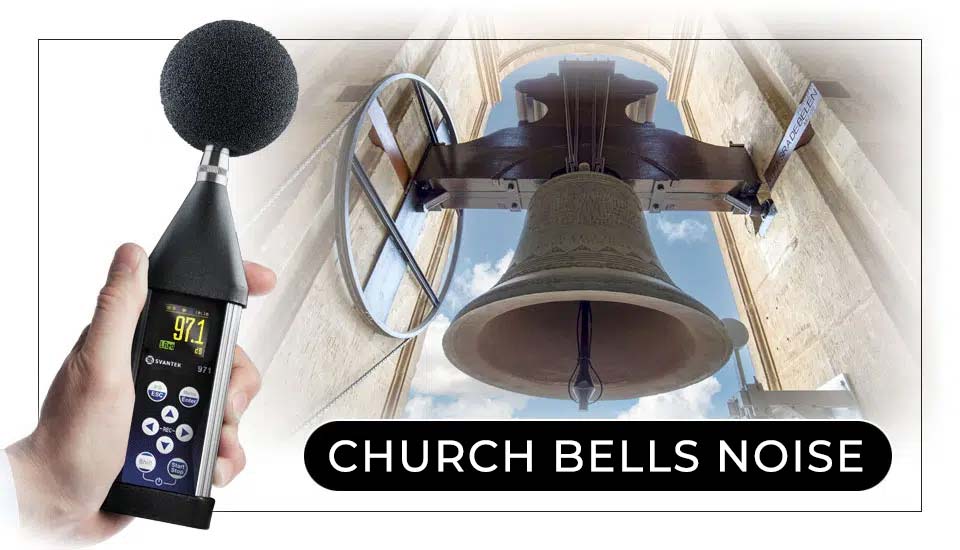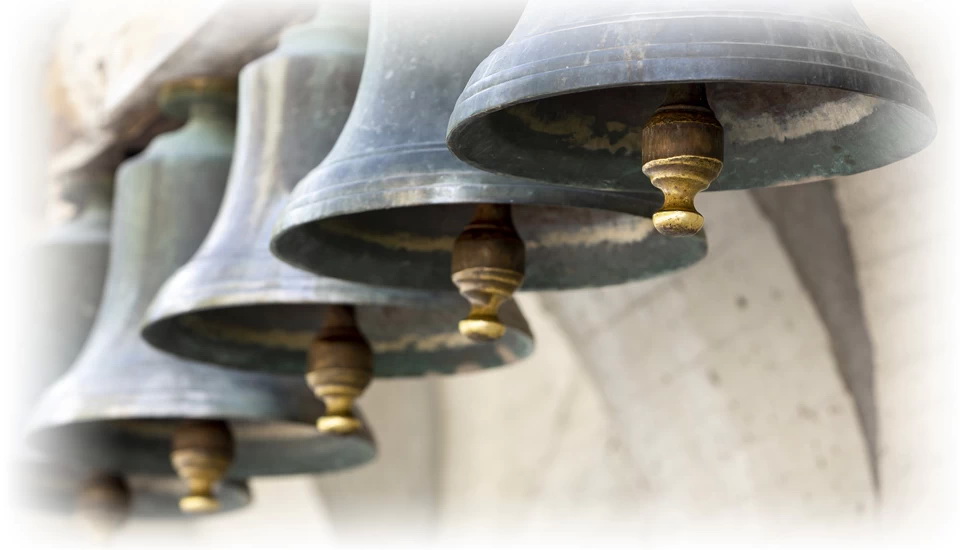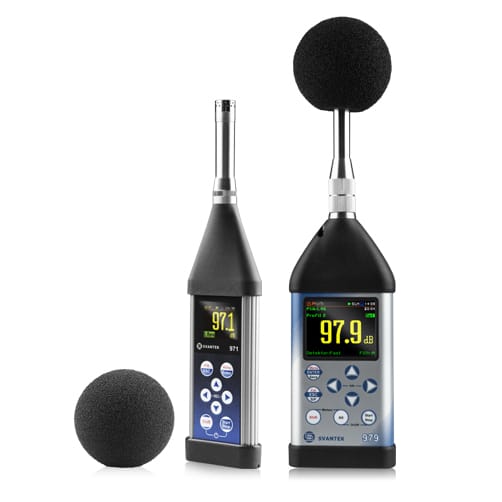The noise from church bells is a loud sound produced by the impact of the bell’s heart against its walls. The bells are designed to carry their sound over a long distance, which means that in the immediate vicinity of the church it can be quite intense, especially during frequent masses and celebrations. In the immediate vicinity of the bell tower, the noise level of the bells can be as high as 110 to 125 dB! The sound of bells is impulsive, uneven and irregular, which increases its nuisance. In acoustics, the noise of church bells is analyzed in the category of impulse noise.
In the United States, the regulation of church bell noise varies by jurisdiction. While the First Amendment protects religious expression, including the ringing of church bells, this right is not absolute. Courts have addressed disputes where residents claimed that church bells constituted a nuisance. For instance, in 1877, the Pennsylvania Supreme Court ruled in Harrison v. St. Mark’s Church that church bells could be rung only at certain times to prevent disturbance to neighbors. Therefore, while church bells are generally permitted, they may be subject to reasonable time, place, and manner restrictions to balance religious practices with community noise concerns
In the European Union, there is no overarching legislation specifically regulating noise from church bells; instead, such matters are typically governed by national or local laws, leading to variations across member countries.
For example, in Poland, noise from church bells is generally not subject to direct legal regulations, because it is treated by the Chief Inspectorate for Environmental Protection as natural noise. Churches can claim an exemption for religious ceremonies, which exempt them from standard environmental noise regulations. However, in some cases, if the noise is particularly annoying, it may be considered in the context of environmental protection, treating the church as a noise-emitting object.
When the noise of church bells becomes a nuisance, the best step is often to engage in dialogue with the church and local authorities. In many cases, churches, in cooperation with the city, were willing to compromise, limiting the frequency or number of bell strikes, which effectively reduced the problem.
An important aspect that the local Environmental Protection Agencies pay attention to is whether the noise of the bells is generated naturally or by means of a sound system. If the noise comes from the sound system, it can be treated as noise emission to the environment, which is subject to appropriate regulations. In such a case, contacting the Environmental Protection Agency may be the right step to assess whether the noise level is within the permissible norms and what actions can be taken.


